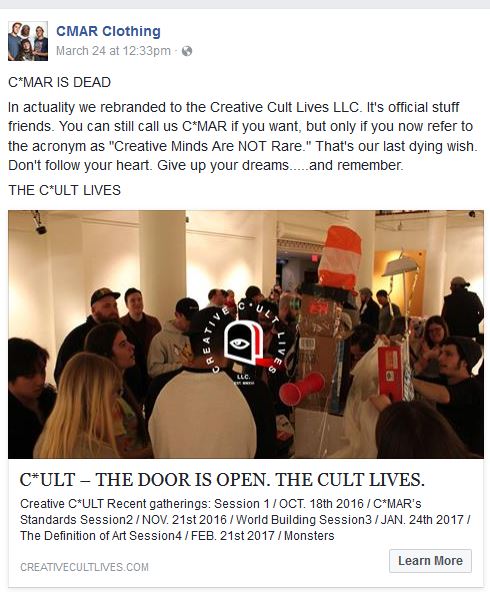I don’t often advocate for specific performers here on Butts in the Seats. I get enough requests to review things on my blog and hundreds of emails from artists at my day job that I don’t want to encourage more solicitations.
However pianist Alpin Hong really impressed me when he was performing his Chasing Chopin show here last week. He did a session with 75 third graders that had the teachers and my board member in charge of outreach raving on social media.
He spoke to the students in our BFA Musical Theater program about arts careers and they loved him as well. I told him if he ever decided to move away from touring as a classical pianist, he should be a motivational speaker. I don’t mean in the mode of “energize your potential!” He has an enthusiasm and sincerity that is compelling, but grounded. He does a great job of integrating his playing into the conversation.
The only problem, I told him, is that a piano playing motivational speaker is a little outside the norm and might be a difficult sell.
But he aims to be outside the norm. He repeatedly said there are thousands of kids learning to play the piano with technical perfection so you need something to distinguish yourself.
One of the things that apparently distinguishes him is that he is physically demonstrative when he plays. He is nowhere near Jerry Lee Lewis, but as he says in Chasing Chopin, there was a time when he played to win competitions but in the face of personal tragedy, he recognized the truth in Chopin’s comment, “It is dreadful when something weighs on your mind, not to have a soul to unburden yourself to. You know what I mean. I tell my piano the things I used to tell you.” Now the music inhabits his body to some extent when he plays.
One of his missions is to break the stereotype of classical musicians spending hours practicing alone in dark rooms without any other interests or ambitions. He talks about wanting to be a ninja when he grew up. He is an incredible video game/table top game fanatic.
When we were waiting our turn for a radio interview, he got into a long discussion about Magic: The Gathering and Warhammer 40000 tabletop gaming with one of the other guests. I felt obligated to pull out my history with Dungeons and Dragons in order to maintain a little cred in their company.
When people try to make the music seem relevant, they cite how classical composers were the rock stars of their day. Alpin is pretty much embodying that, though not in a gratuitous way. His charisma is a sincere, natural extension of his extroverted personality. Classical music is not going to be saved by more people trying to emulate his style and method in order to appear more accessible. It will come off forced and false.
He mentioned that sometimes people comment that he is too animated when he plays and distracts from the music. I thought it was appropriate with neither dramatic flourishes or feigned seriousness. When someone is playing alone I think that is an opportunity to reveal a little bit of their personality. Only in a classical music setting could you make this complaint about his movements.
Which got me thinking—everyone references classical composers as rock stars, but do they really want those type of effusive performances? How can we tell potential audience members that the composers and musicians of yore were regarded as celebrities and then insist that both the audience and artist move as little as possible? What rock concerts have you been attending?
To be clear, despite his demeanor he is serious about his profession. He sets high standards for anyone looking to enter the performing arts because he knows what a difficult life it is. There was a pretty nice sized group of high school students in the lobby wanting to get selfies with him after the evening show. When they mentioned they were in chorus together, he made them sing for him. When they demurred, he said that this far into the semester, they should have something under their belt and ready to go. And they did.
It wasn’t a polished performance, nor did he expect one from them. He just wanted to reinforce that an artist always has to be prepared and thinking about opportunities. Even if you don’t see it as a career path, don’t shy away from exercising your creative side and showing where your effort has been going.
When he spoke to the BFA Musical Theatre students earlier that afternoon he urged them not to think of career cultivation as something that happened with other people at conferences, auditions or after graduation. He said you never know who is going to be in a position to provide you an opportunity later in life. People’s careers take unexpected directions. You need to show your classmates, professors and coaches what type of person you are right now.
Alpin’s own career arc did not follow an expected path. There were a number of years away from the piano before he decided to audition for Julliard. He has some theories about why they decided to take a chance on him, but no definitive answers.
We had many conversations across the two days (concluding with a 10 pm-12:30 am discussion in the hotel bar, so technically three days I guess). There is a lot I am not mentioning here. When I think about all the problems facing the arts and classical music in particular, I see his philosophy, approach and dedication as contributing to the solution.



Thanks for what you are doing to bring cultural change to the arts. It is so important to represent everyone.…